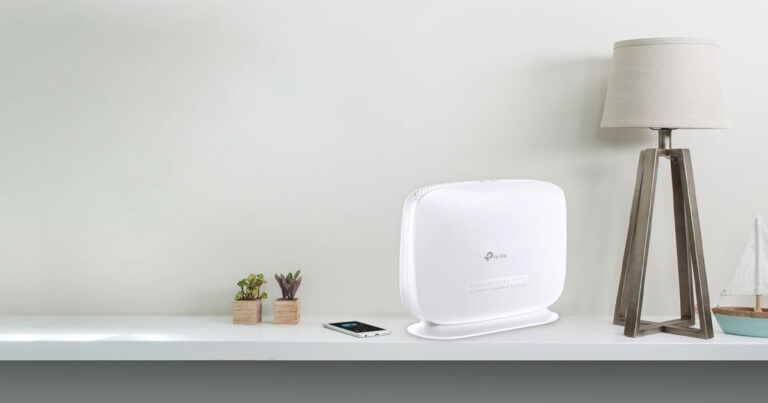Optus Mobile Review ALDI Mobile Review Amaysim Mobile Review Belong Mobile Review Circles.Life Review Vodafone Mobile Review Woolworths Mobile Review Felix Mobile Review Best iPhone Plans Best Family Mobile Plans Best Budget Smartphones Best Prepaid Plans Best SIM-Only Plans Best Plans For Kids And Teens Best Cheap Mobile Plans Telstra vs Optus Mobile Optus NBN Review Belong NBN Review Vodafone NBN Review Superloop NBN Review Aussie BB NBN Review iiNet NBN Review MyRepublic NBN Review TPG NBN Review Best NBN Satellite Plans Best NBN Alternatives Best NBN Providers Best Home Wireless Plans What is a Good NBN Speed? Test NBN Speed How to speed up your internet Optus vs Telstra Broadband ExpressVPN Review CyberGhost VPN Review NordVPN Review PureVPN Review Norton Secure VPN Review IPVanish VPN Review Windscribe VPN Review Hotspot Shield VPN Review Best cheap VPN services Best VPN for streaming Best VPNs for gaming What is a VPN? VPNs for ad-blocking In their cheapest form, you get NBN internet via a BYO option. If you don’t mind spending more, you can also nab a PAYG phone service and NBN-compatible modem. Let’s take a closer look at what the current crop of TPG NBN plans has to offer.
NBN12 (Basic I) plans offer download speeds of up to 12Mbps NBN25 (Basic II) plans offer download speeds of up to 25Mbps NBN50 (Standard) plans offer download speeds of up to 50Mbps NBN100 (Fast) plans offer download speeds of up to 100Mbps NBN250 (Superfast) plans offer download speeds of up 250Mbps NBN1000 (Ultrafast) plans offer download speeds of up to 1000Mbps
NBN providers like TPG tend to advertise the maximum or typical speeds that a given plan could deliver rather than make more specific promises, as the performance of any individual connection can vary widely. For a better sense of how consistent TPG NBN plans are relative to the competition, it’s worth looking at reports that compare the provider against alternatives and its own benchmarks. According to the most recent NBN speed rankings and performance data published by the ACCC, TPG internet plans tended to deliver 99.1% of maximum plan download speeds during peak usage and 83.5% of maximum upload speeds during the same period.
TP-Link VR1600v Huawei HG659 Huawei HG658
Netcomm NF4V Netgear Nighthawk D7000 Netgear Nighthawk D7800 D-Link DSL-4320L D-Link DSL-3900 D-Link DSL-2878 D-Link DSL-G225 TP-Link Archer VR900 Fritz! Box 7390 Fritz! Box 7490
Connect the TP-Link VR1600v to a power outlet. FTTN and FTTB users should connect a telephone cable to the DSL port and then the other end to the NBN wall socket. FTTP, FTTC, HFC and Fixed Wireless users should connect an Ethernet cable to the blue WAN port on the TP-Link VR1600v and the other end to the UNI-D port on the NBN connection box. Optionally, connect a telephone handset to the Phone1 port on the TP-Link VR1600v. TPG recommends connecting a computer to the TP-Link VR1600v via Ethernet cable for configuration. Alternatively, use the provided WiFi details (on the sticker underneath the TP-Link VR1600v) to connect a device wirelessly. Open a web browser and input http://192.168.1.1 into the address bar to connect to the TP-Link VR1600v configuration screen. Use ‘admin’ for both username and password. FTTN and FTTB users should click on the ‘Advanced’ tab, then select ‘Network’ and then ‘DSL’. Click the ‘Edit’ button next to the ‘pppoe_ptm_2_0_d’ entry. Now enter your provided TPG username and password details, then click ‘Save’. Click back on the ‘Basic’ tab. Optionally, click on the ‘Wireless’ tab if you’d like to change your WiFi network name (SSID) and password. Save any changes. Connect the devices in your home via Ethernet or WiFi to get online.
You can find a complete TP-Link VR1600v guide here (in PDF form).
Connect the Huawei modem-router to a power outlet. FTTN and FTTB users should connect a telephone cable to the DSL port and then the other end to the NBN wall socket. FTTP, FTTC, HFC and Fixed Wireless users should connect an Ethernet cable to the blue WAN port on the Huawei modem-router and the other end to the UNI-D port on the NBN connection box. Optionally, connect a telephone handset to the Phone1 port on the Huawei modem-router. TPG recommends connecting a computer to the Huawei modem-router via Ethernet cable for configuration. Alternatively, use the provided WiFi details (on the sticker underneath the Huawei modem-router) to connect a device wirelessly. Open a web browser and input http://192.168.1.1 into the address bar to connect to the Huawei modem-router configuration screen. Use ‘admin’ for both username and password. Click ‘Start Wizard’ on the next screen then enter your TPG username and password. Click ‘Next’ to continue. Optionally, change your WiFi network name (SSID) and password. Save any changes. Connect the devices in your home via Ethernet or WiFi to get online.
Fibre-to-the-Premises (FTTP) Hybrid Fibre Coaxial (HFC) Fibre-to-the-Building (FTTB) Fibre-to-the-Curb (FTTC) Fibre-to-the-Node (FTTN) Fixed Wireless
Those living in metro areas with homes connected to the NBN via fixed-line technologies can sign up for all NBN plans up to NBN 100. Only homes serviced by FTTP and HFC can sign up for TPG’s NBN 250 and NBN 1000 plans. While Fixed Wireless NBN plans are available from other providers in NBN 12, NBN 25 and NBN 50 speed tiers, TPG only sells plans for the NBN 25 option. However, Reviews.org does regularly round up and rank the best NBN plans based on their value, speed and other criteria. If you’re looking to change your provider to one that offers better value or service, it might be worth starting your search with our shortlist. Even if none of our recommended NBN plans end up being the right fit, it should still give you a good sense of what the market looks like. If you’ve already attempted obvious fixes like making sure there are no loose cables, it may be worth connecting your modem-router or TPG WiFi gateway to a computer using an standard ethernet cable. Once you’ve done this, you should be good to open up a web browser and connect directly to the device. Regardless of whether you’re using the TP-Link VR16000v, Huawei HG659 or Huawei HG658, all you need to do is type http://192.168.1.1 into the URL bar and hit enter. This should take you to a login screen. By default, both the password and username for accessing this interface should be set to ‘admin’ so logging in should be a breeze. Once you’re into the control panel for your TPG WiFi router, you should be able change the network name and password of your WiFi network and access additional information about the status of your connectivity. This is not to say there are no differences between internet providers, however. Compare any TPG NBN plan against another and you’ll find plenty that separates the two in the terms, pricing, quality of service and perks involved.


